Over the last few months, I had the opportunity to take part in learning missions in three countries under the Landscapes For Our Future programme: Cameroon, Burkina Faso and Senegal. These visits were not business as usual. They were structured moments for real reflection, where we sat with our partners to look back at what had been done in the landscapes and ask: What have we learned? What worked well? What didn’t work as expected? And what does that tell us about how to improve integrated landscape management?
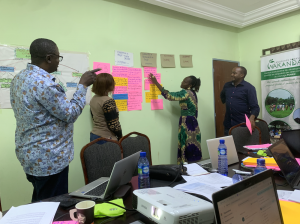
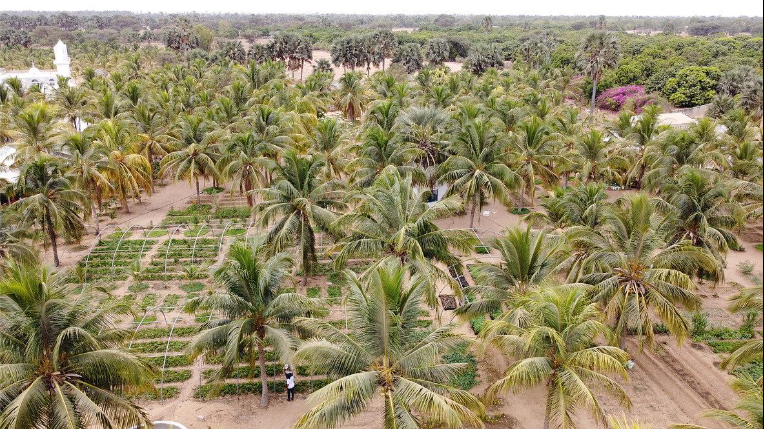
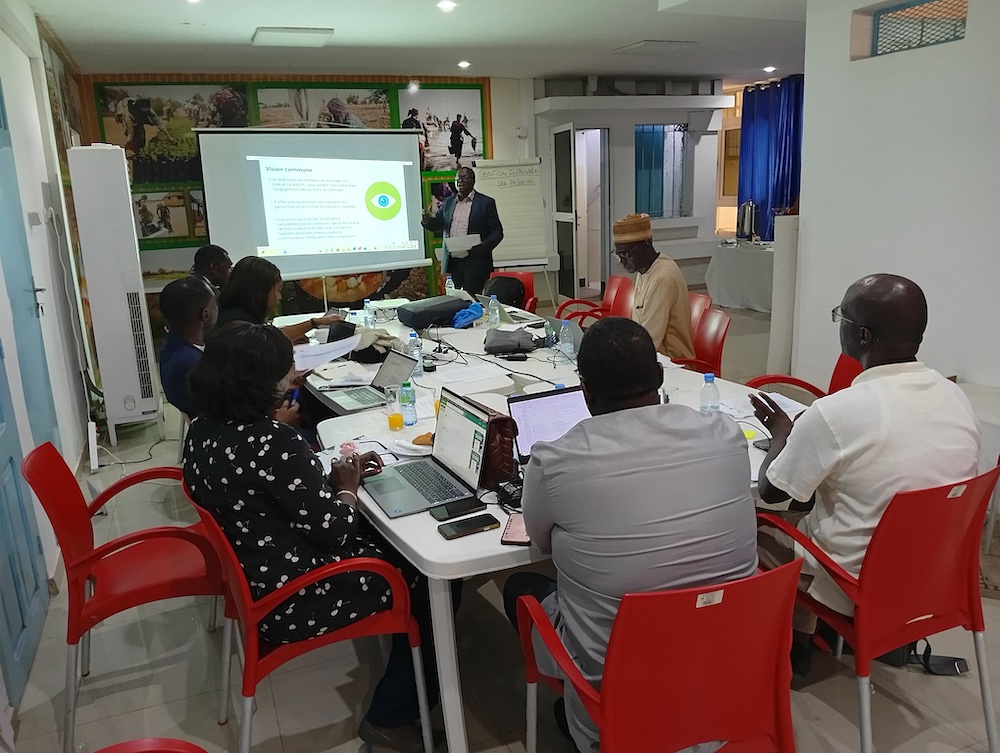
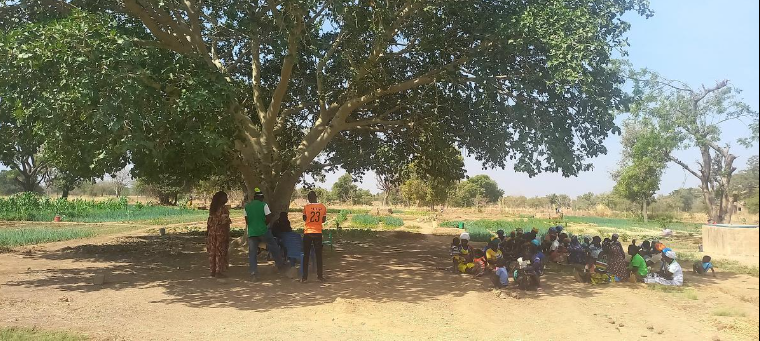
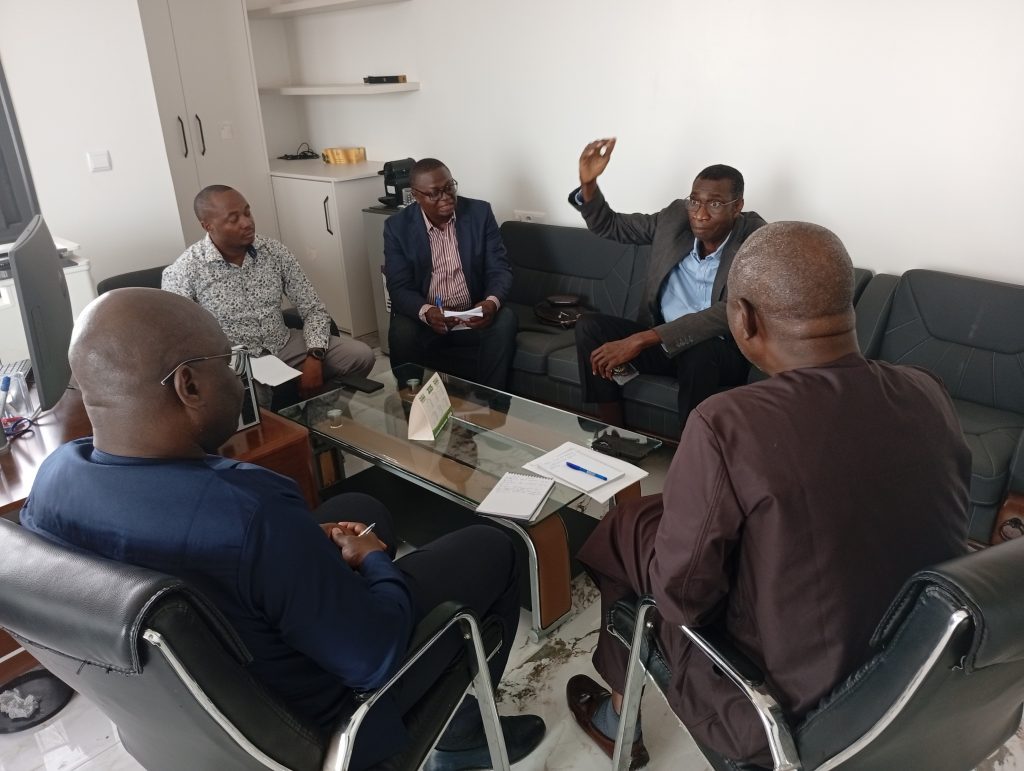
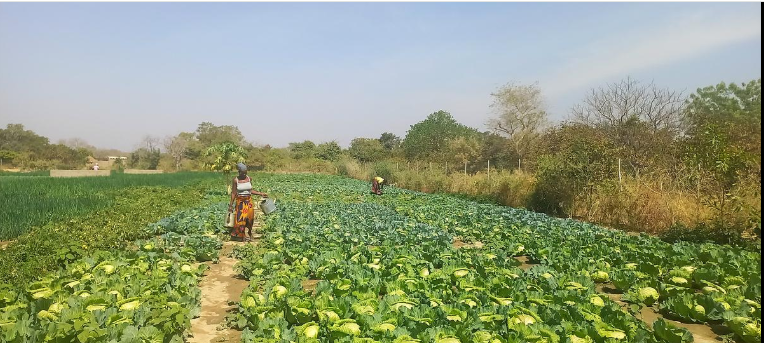
The process: Going deeper than usual
In each country, we followed a common structure over two or three days. We started by introducing the LFF programme and the purpose of this specific mission. Then we walked through the six key dimensions of ILM success that the programme proposes.
We also revisited the survey each team had already submitted, which was a self-assessment of their landscape work. But what we saw in the discussions was that the answers in the survey were often only part of the story. Usually, it had been filled in by one or two people, so this was the first time the full team could discuss it together. That’s where the real learning started.
In certain cases, some people had completely different views to others on what had happened. They would debate constructively. “Why did you score us so low for that indicator?” one would ask. “But we did do that,” another might say. “Oh, I thought you meant something else,” someone else would add. That kind of conversation helped bring out what was really happening in the field.
From there, we went through each indicator one by one. It took time. Honestly, we had thought two days would be enough, but it wasn’t. Some of the most important learnings came from these slow, careful discussions because the exercise allowed the teams to better understand their interventions and the effect they may have on the communities and landscapes.
Cameroon: A shift in perspective
In Cameroon, we met with the EcoNorCam project team. What stood out to me was how the questions we asked – especially the detailed ones based on the six ILM dimensions – helped the team realise things they hadn’t thought of before.
Yes, they had ensured participation. Yes, they had used local knowledge. But when we dug deeper, we found many things they hadn’t considered key, but which were actually very important. For example, the project had established a ‘Rural Resource Centre’ at the frontier of a wildlife corridor to disseminate agroforestry options and serve as a boundary to limit encroachment into the wildlife corridor. In fact, the Centre is situated in a specific location that serves as a landmark beyond which farming cannot be tolerated. This was a considered and adaptive solution to pass key messages to communities. Agroforestry techniques and non-timber forest product (NTFP) development were introduced through this Centre to reduce pressure on protected areas and help local communities be more stable around these areas.
Our learning process discussions made clear that, had these guidelines and questions been available at the very start of the project, they could have shaped implementation differently. That was a strong message.
Burkina Faso and Senegal: Government buy-in and decentralisation
Our project in Burkina Faso had set up, social ‘labs’ or centres where people could gather and integrate, talk amongst themselves, and facilitate exchange and communication, so that any suspects in the community could be easily identified. And they had organized football matches that brought communities together. At first, the project team didn’t see this as a ‘technical solution’ (one of the elements of ILM we were deliberating) but, during our discussions, they began to understand how these social activities helped to prevent conflict, build trust and facilitate dialogue. These ‘soft’ solutions were just as important as the ‘hard’ ones. Without the questions in the learning framework, they might not have realized this.
The project introduced irrigated market gardening, which occupied the community during agricultural off seasons, distracting them from encroaching into the forests, which had been their usual activity during the dry season.
In Senegal, I was impressed by the level of government involvement in the Landscapes For Our Future project there, with up to 11 different government bodies engaged in the project. That shows real ownership at the state level. The EU delegation was also very active – their engagement made a big difference in how the project moved forward.
But, as we know, everything has two sides. We’re aware that multi-stakeholder processes are rarely efficient. While it’s positive to have many actors involved, this also brought some delays. Everyone came in with their differing understandings of the process, which sometimes caused confusion. Without a shared understanding of the ILM approach, coordination became difficult. That’s something we need to consider for future projects: how to align people early around a shared vision.
One thing that stood out in Senegal was the decentralized approach: when a solution is proposed, it has to be validated at the commune level – that’s the local level closest to the community. Only after that can it move forward at the national level. We saw this in practice during one of the validation meetings, where the local authority, village chiefs, sector representatives and project team all came together. It was very participatory. Without that local approval, the action could not go ahead. It showed what real local ownership looks like.
The importance of who’s in the room
Another big takeaway from these missions was the importance of having the right people in the room for our learning discussions. In cases where the field staff – the ones who were actually implementing the work – were there, they could explain things, challenge each other, and bring clarity.
In cases where the people in the room were mostly senior representatives, our discussions weren’t as detailed. They were involved in the project, yes, but not always on the ground. However, it was still valuable as things were seen from a more strategic perspective.
Moving forward
In all three countries, project teams were eager to hear what others were doing. They wanted to learn across contexts – “What happened in Cameroon?” “How did Burkina Faso handle this?” – but unfortunately, as is usually the case, budgets are limited to bring everyone together to exchange knowledge.
Still, I believe this process has a lot of value, and we need to capitalize on it. The learning doesn’t stop here. The Landscapes For Our Future programme may be closing, but the insights are just beginning. The key now is to document these findings and share them widely – not just within LFF, but with future ILM projects across Africa and beyond.
It has been exhausting work, yes – full days of standing and talking. But also stimulating. These missions showed us that there’s still so much to uncover. With the right approaches, the right questions, and the right space for reflection, people begin to see things differently. That, for me, is the real power of this process. In fact, participants concluded that working through this lesson-learning process had helped them to better appraise the ILM dimensions and the nitty-gritty factors that they would change if they were given a second chance.



